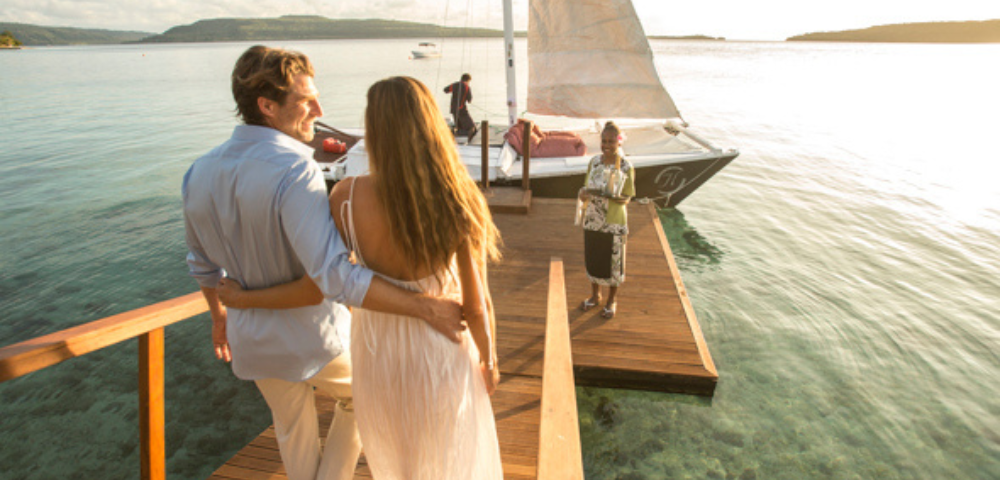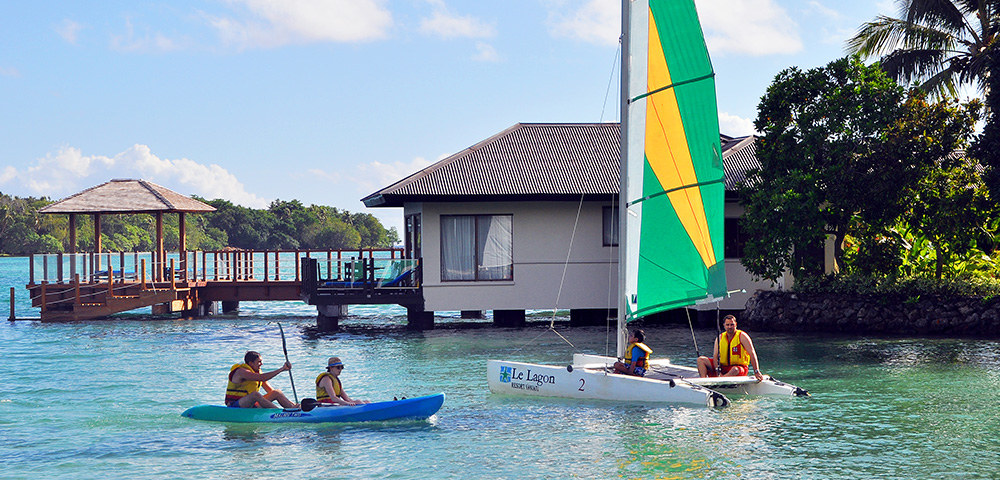About Us
You’ll never find another Vanuatu like My Vanuatu.
As part of the iconic Flight Centre Travel Group, My Vanuatu has over 40 years of travel industry experience. We’re a passionate team of globetrotters who are hooked on Vanuatu, so you can be sure we’ve tried and tested our resorts and experiences to ensure you’re getting the best of the best. Proudly IATA accredited, you can relax knowing your future travels are safe with our award-winning My Vanuatu Experts.
We are stationed in Broadbeach, Queensland, and Vanuatu is only a few hours away from us.
We will help you plan the ultimate Vanuatu escape, brimming with Bonus Value and exclusive inclusions you won’t see anywhere else. Our inclusions are exceptional memories and VIP experiences that you’ll be talking about for years to come. They also help you spend less on holiday, like specialty dining, Kids Stay Free, snorkelling tours, spa massages, and welcome drinks. Renowned for being the original “Holiday in a Box” My Vanuatu offers the done-for-you Vanuatu holiday of your dreams.









































































































